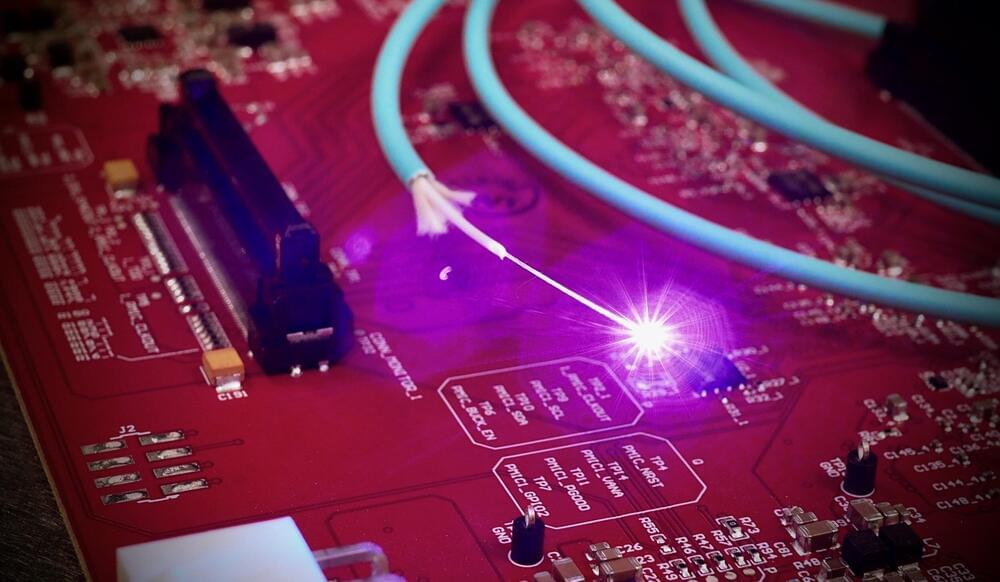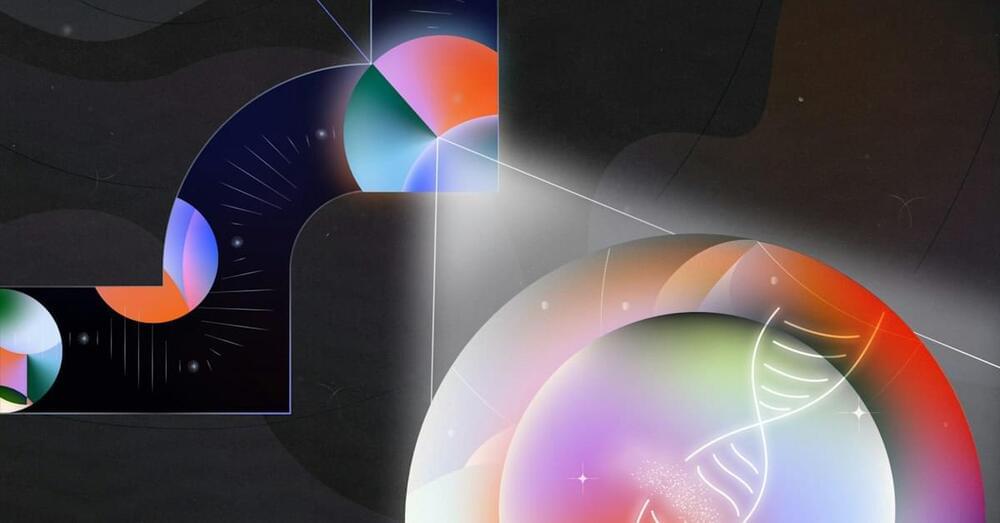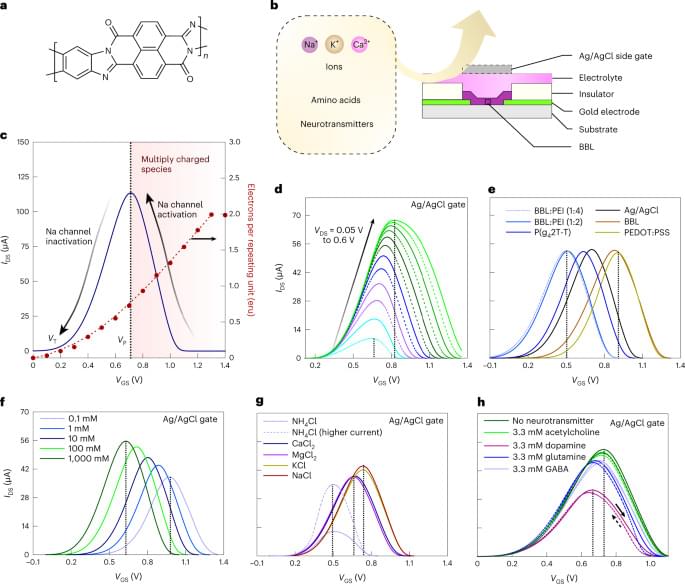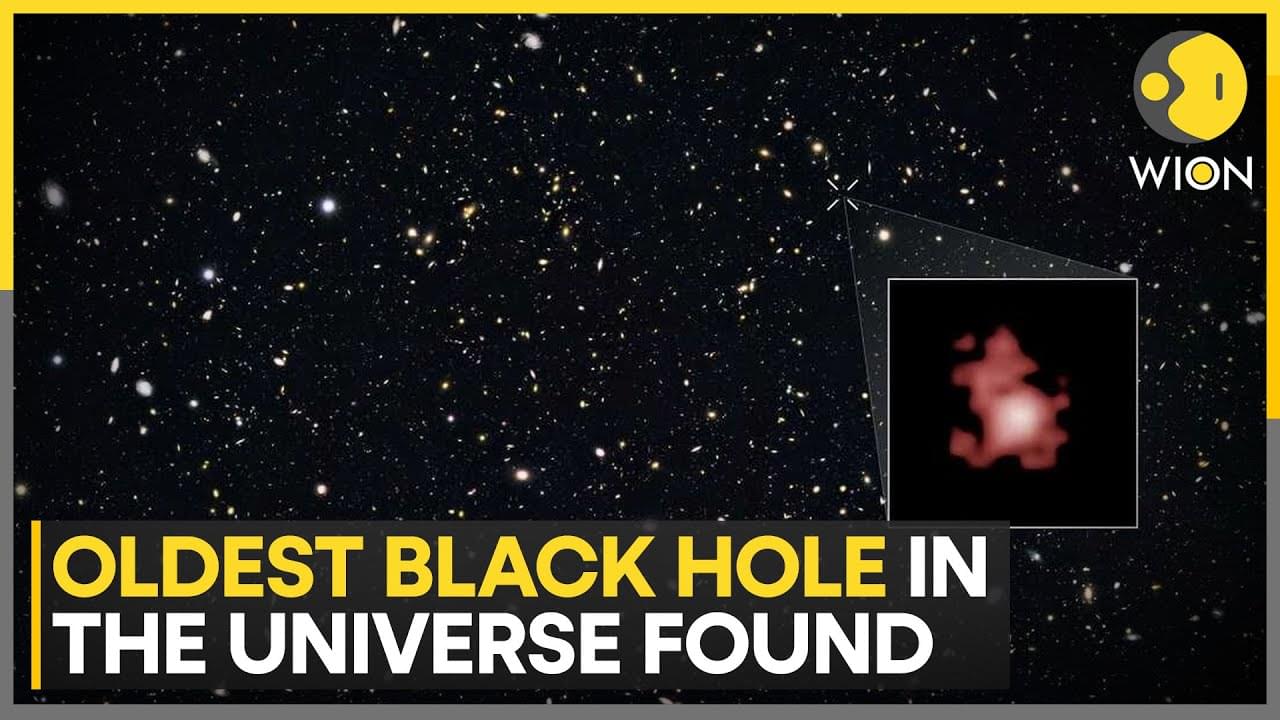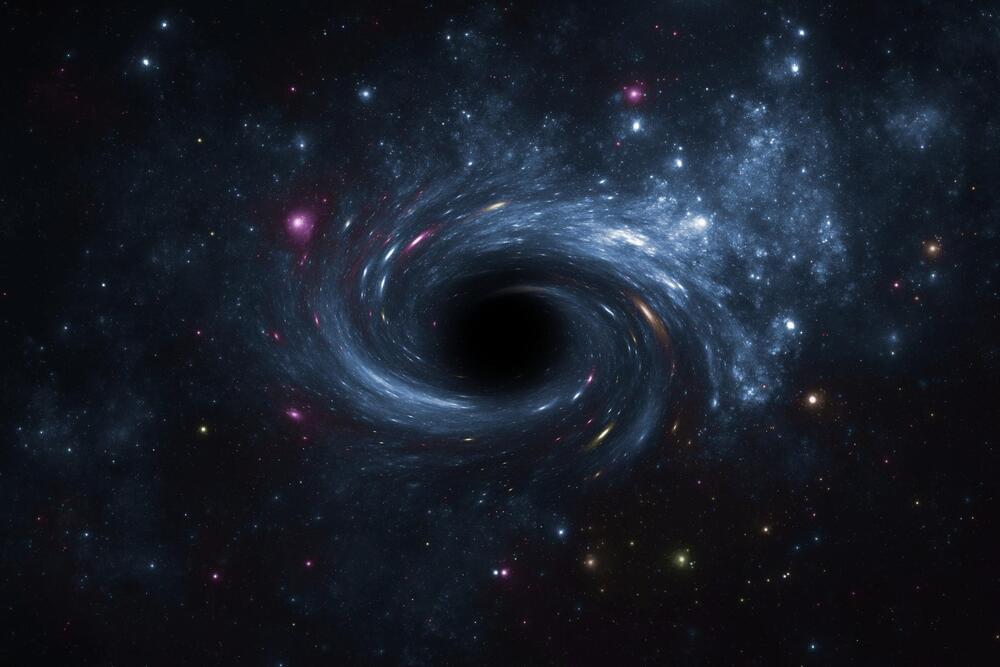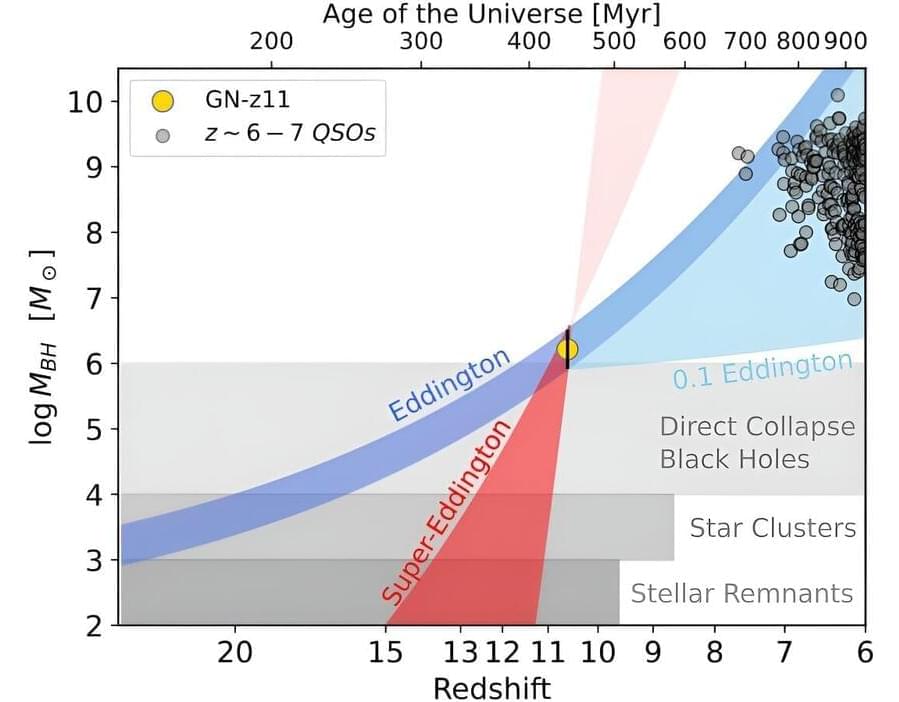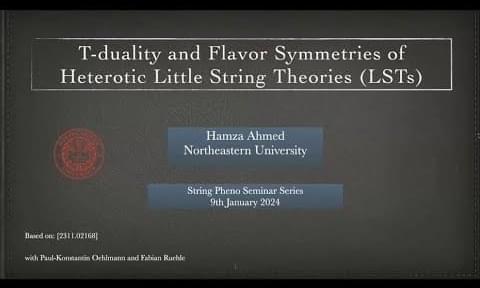Scientists at Heriot-Watt University in Edinburgh, Scotland, have found a powerful new way to program optical circuits that are critical to the delivery of future technologies such as unhackable communications networks and ultrafast quantum computers.
“Light can carry a lot of information, and optical circuits that compute with light—instead of electricity—are seen as the next big leap in computing technology,” explains Professor Mehul Malik, an experimental physicist and Professor of Physics at Heriot-Watt’s School of Engineering and Physical Sciences.
“But as optical circuits get bigger and more complex, they’re harder to control and make—and this can affect their performance. Our research shows an alternative—and more versatile—way of engineering optical circuits, using a process that occurs naturally in nature.”
